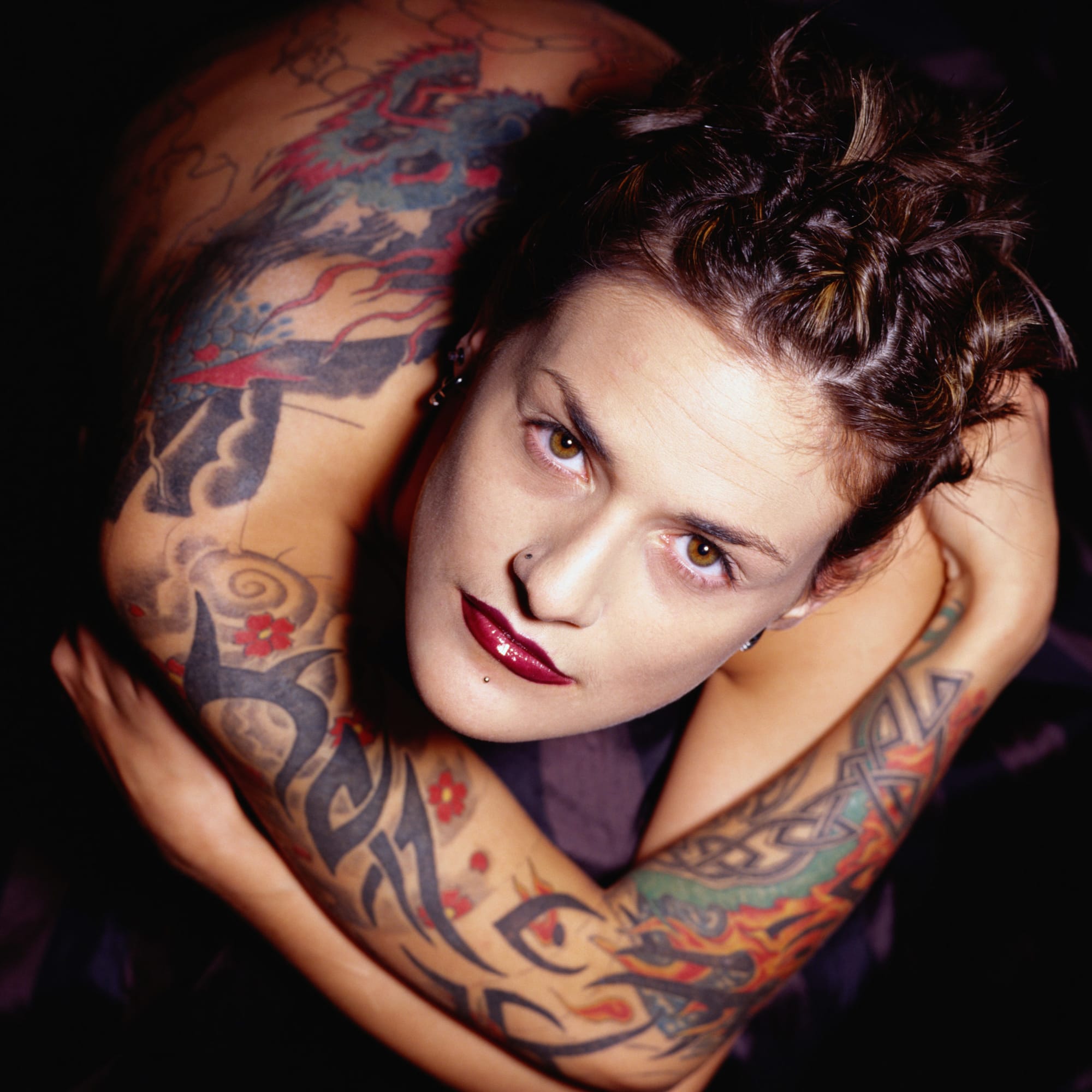Thou shalt not judge: women find power in ink
🔗 [SYSTEM UPDATE] Link found. Timestamp incremented on 2025-11-26 13:55:13.Tattoos are becoming big business, but that doesn't mean their artful heart has been abandoned. CAROL SAFFER talks to three women who are part of a surge in females wanting to ink their bodies. And then – in a photo...

The number of Australian women with tattoos has been increasing remarkably, according to recent social research. Reporter CAROL SAFFER spoke with three very different women who shared their experiences on getting inked.
Women – particularly in older age groups – are leading a surge in getting tattoos.
The celebrity face of the trend is acting legend Dame Judi Dench, who revealed last month that she got her first tattoo in honour of her 81st birthday.
But women across Australia are also embracing it, with one in four now sporting a tattoo, according to Australian social researchers McCrindle earlier this year. One in five Australians were over 30 the first time they were inked.
The McCrindle study, based on a survey of over 1000 people, also found the proportion of Australian women with a tattoo is now greater than for men.

Editor and writer Nathalie Thomas, 47, who is also studying a Masters in Literature and has a degree in Fine Arts, talks passionately about her tattoos at her home in West Heidelberg.
Ms Thomas was 40 when she got her first tattoo, after wanting one since she was a teenager. While Ms Thomas describes herself as “a naturally cautious person”, she now has 12.
“Every time [before] I got a new tattoo I was feeling I had no control over my own life,” Ms Thomas says. Getting the tattoo makes her feel wonderful almost instantly: “The tattoo makes me feel empowered.”
There is a feeling of strength and wellbeing, for instance, when she wakes up in the morning and sees the tree of life on her shoulder. And when she glances at the three crimson roses on her arm, she feels inspired.

“I find that some of the young chickie babes are getting one for all the wrong reasons. I have loved Bruce Springsteen all my life but I am not going to get Bruce tattooed on me,” she says.
“I like things left of centre and when they become mainstream I find it disappointing. I feel I have lost my little niche,” she adds, a little wistfully.
Ms Thomas carefully plans the acquisition of each tattoo. When she gets an idea she researches and considers the best design or symbol to illustrate the feeling.
She then makes an appointment with one of her five favourite tattooists to bring the idea to her skin. Ms Thomas says tattoos are addictive.
Tattooist Dani Habicht, 27, who works at Motherload, a tattoo and piercing shop in Daylesford, wears her many tattoos with delight and humility.
The number of recently married couples who come into the shop to get matching tattoos is significant. Infinity symbols on each other’s wrist are a popular request by newlyweds, Ms Habicht says.
In addition to her tattoos, Ms Habicht also has a stud in her tongue, a ring in her nose and straight black hair which, put together, forms a passing resemblance to Cher.
She thinks Daylesford has an air of pampering about it that adds to the attraction for the tourists (as she calls them) when making their decision to get a tattoo.
Ms Habicht says if you are going to get a massage you are doing something for yourself. “Some think getting a tattoo is like that as well,” she says.

Writer and singer Evie Tozer, 28, also a Daylesford resident, recalls the importance of her first tattoo.
“A year after my mum had passed away I found a note she had signed. I always loved her handwriting so when I saw just her name I went, 'I want that as a tattoo'," Ms Tozer says. “I am never not going to want that on my body.”
Her body is adorned with script and symbol-based tattoos, a number of which she had done at the Motherload tattoo shop.
She shows them off proudly. There is a gentleness and beauty to them that is not unlike the embellishment of jewellery.
They reflect who she is, she says, and that there is significance behind all of them. There is a connection between her writing, her music and her tattoos.
“I don’t take mine too lightly. I am going to be a tatted up grandma and that’s my choice.”
The art of ink: in the tattooist's studio

A good tattooist must know how to design a unique pattern and translate it on to a human body successfully, but there is also a more personal side, where it's not just a pattern, but also a story or memory of a person's life. SIMIAO LIU's photo essay explores a tattoo artist at work.
Tattooist Lee prepares the tattoo machine in his studio before his new guest arrives.

Lee uses tattoo ink carefully, because all of these are bought from America.

The most popular tattooist in the studio: Guests like choosing Lee because he always designs his own unique patterns.

As an experienced tattooist, Lee works quickly and needs just three hours to complete a medium-sized pattern.

Key stage: Colouring must be done carefully to get a good result. Good quality needles are important.

Lee always takes a photo of his completed work for future reference.

The arm bearing the new tattoo is wrapped in clean plastic to prevent cross-contamination.

Busy night: After finishing one piece, Lee starts work on his next design.





